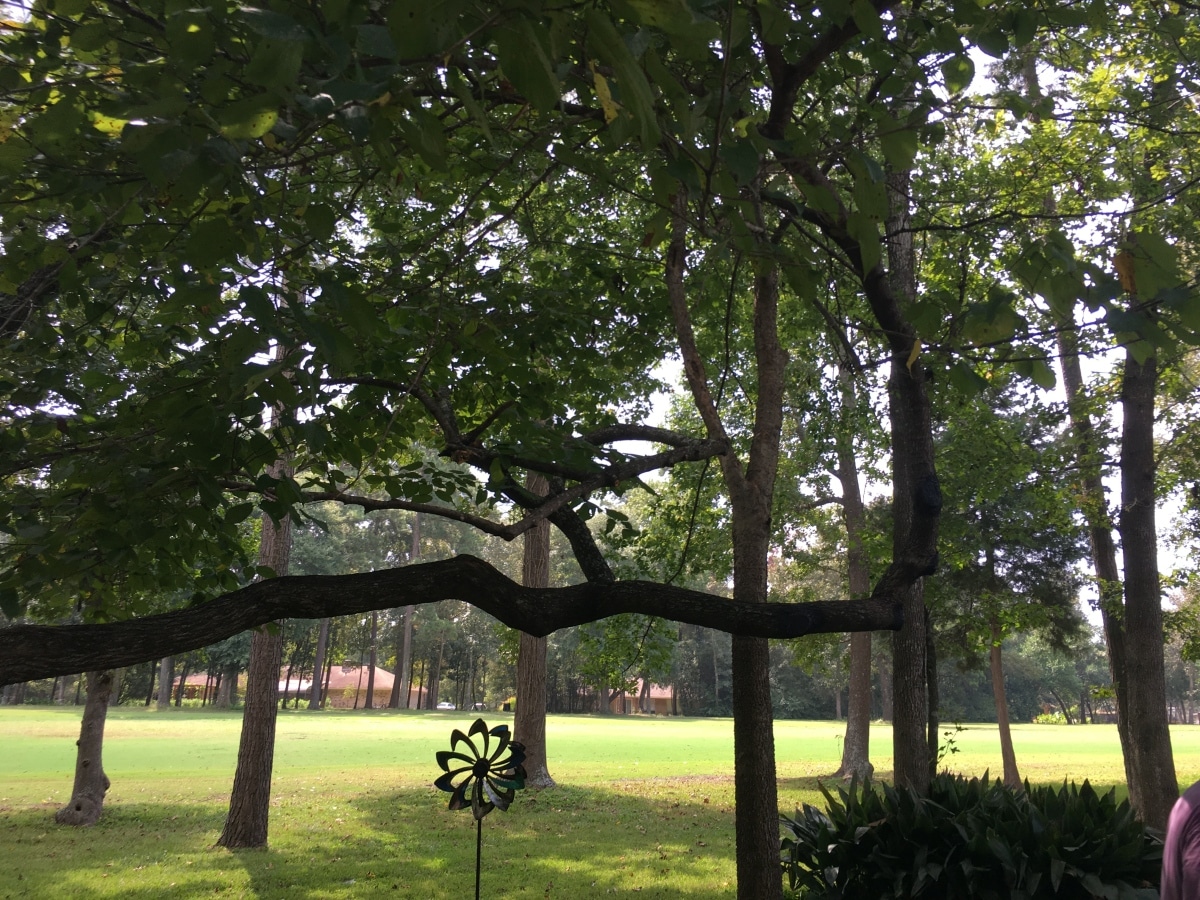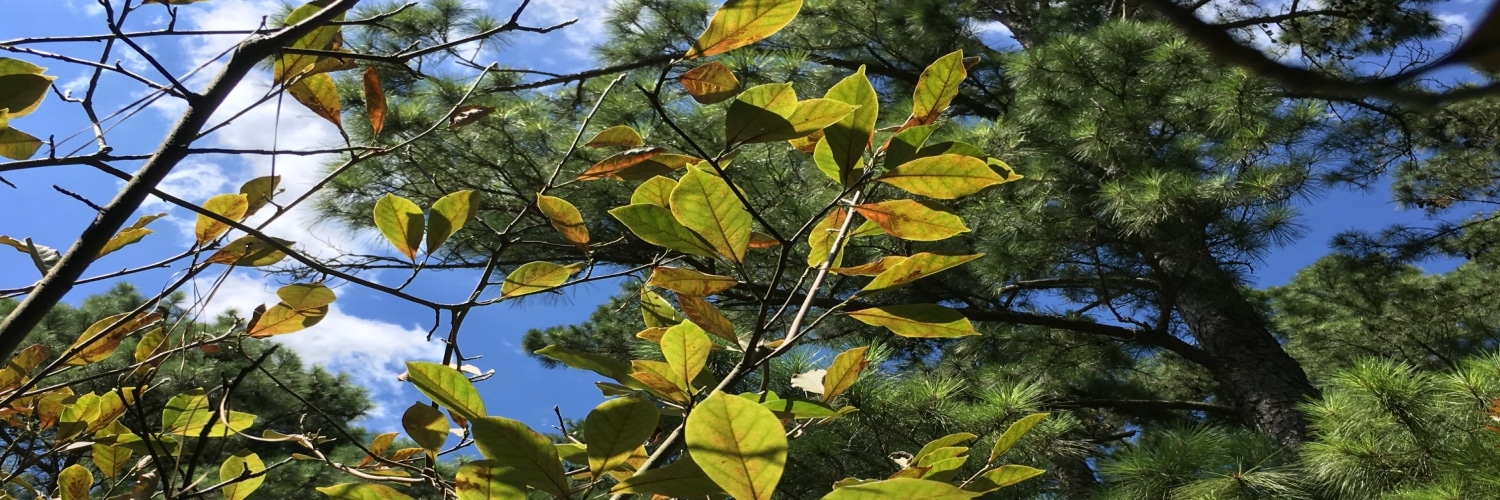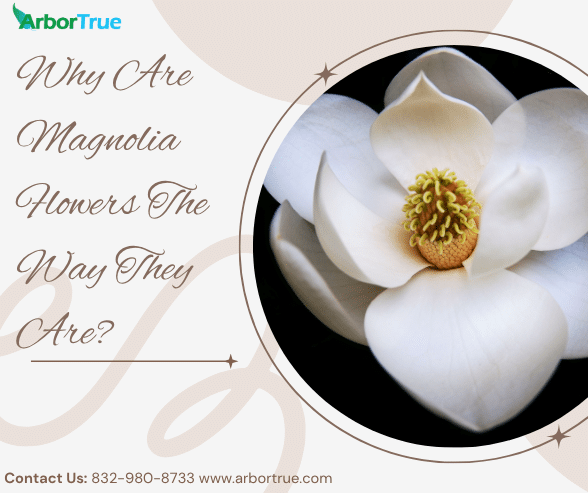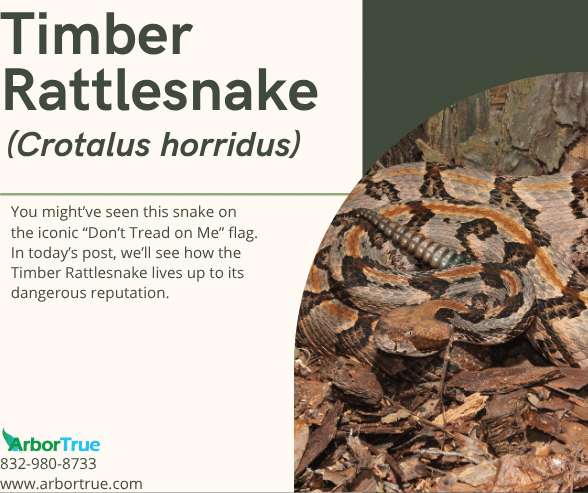
Native Plants And The Benefits Of Native Animals
March 4, 2019
Mulberry Tree
April 3, 2019

Organic Horticulture Benefits Alliance Newsletter March 2019
Welcome to the third ever, OHBA newsletter. Spring is in the air as the trees break bud and a proliferation of flowers follows the longer days and warmer temperatures. A lot has happened in the world of organics lately. The ever mounting condemnation of GBH’s (Glyphosate Based Herbicides) drive-in with damning evidence against the safety of the worlds leading herbicide. A recent article from CNN reports on the results of one analysis that shows a 41% increased risk of cancer when exposed to GBH’s. Thats a terrifying number to those of us who used the herbicide in the days before switching to organics. Still, the demand for weedless pathways and sterile driveway cracks drives many landscape professionals to continue use GBH’s to please the homeowner. We are now entering a time when many scientists are becoming convinced of the link to cancer and liabilities are being passed on to the company who manufactured it, Monsanto. As a business owner myself I can’t help but wonder at which point the actual landscape companies may be held liable for continuing use GBH’s. The ease with which a company can be sued these days has prompted many landscape companies to take a strict no chemical rule to stay out of the way. One thing we do know is that the pattern looks the same over the years. A large chemical company creates their own research to show how safe the chemical is. The chemical is marketed and branded as safe and effective, a miracle product in fact. Years and even decades go by before a serious problem is allowed to rise to the surface. The large company hires in the political hit men to squash claims that the chemical is dangerous. Ultimately after nationwide awareness and many attempts to expose the company the product is finally exposed and removed from shelves. It should be no surprise that Monsanto is the author this framework and it made them very rich. It has happened so many times with detrimental effects on public health. From DDT, to Agent Orange and now Glyphosate one has to ask a very important question. Are there safe chemical pesticides? Do they exist? Even Universities who’s endowments are loaded by Bayer and Syngenta are cautioning against the use of chemical pesticides. I firmly believe that these synthetic compounds are causing more harm than good and its time to take them off the shelf for good! Some people will ask “how will I keep the spider mites off the Italian cypress”?? To which I say cut them down and replant something else! “What about sod web worms in my St Augustine”? Use Molasses or just plant native! There are other answers. If you have to use a chemical pesticide maybe you should be asking yourself if this plant belongs here. There are so many native plants that look just as beautiful and even more beautiful because they don’t require so much care! In fact, an October publication of the Smithsonian quotes ecologists as saying that areas with fewer than 70% native plants see a devastating decline in song birds. If we simply plant native we can increase the coveted biodiversity that nature provides us to resist plant diseases. With so many tools at our disposal it is easier than ever to plant native. From the UrbanMeadow concept to native seed breeders and native plant nurseries, the resources are mounting and nature thanks you for making the change!
Brad Phillips
ISA Certified Arborist
TX-3850A



